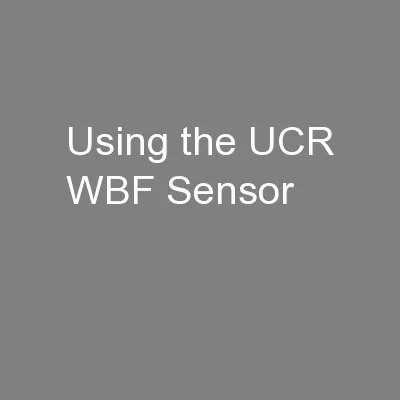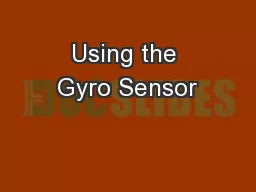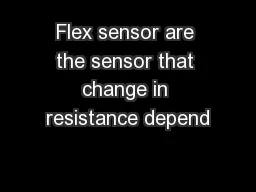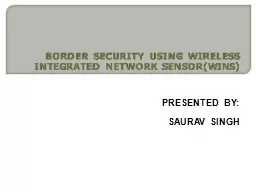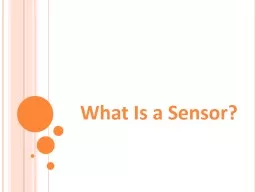PPT-Using the UCR WBF Sensor
Author : calandra-battersby | Published Date : 2016-05-18
this is a draft document we welcome feedback corrections Pragmatic Tips on using the WBF Sensors We have chosen to mount the sensor in 4inch ABS pipe hardware We
Presentation Embed Code
Download Presentation
Download Presentation The PPT/PDF document "Using the UCR WBF Sensor" is the property of its rightful owner. Permission is granted to download and print the materials on this website for personal, non-commercial use only, and to display it on your personal computer provided you do not modify the materials and that you retain all copyright notices contained in the materials. By downloading content from our website, you accept the terms of this agreement.
Using the UCR WBF Sensor: Transcript
Download Rules Of Document
"Using the UCR WBF Sensor"The content belongs to its owner. You may download and print it for personal use, without modification, and keep all copyright notices. By downloading, you agree to these terms.
Related Documents

